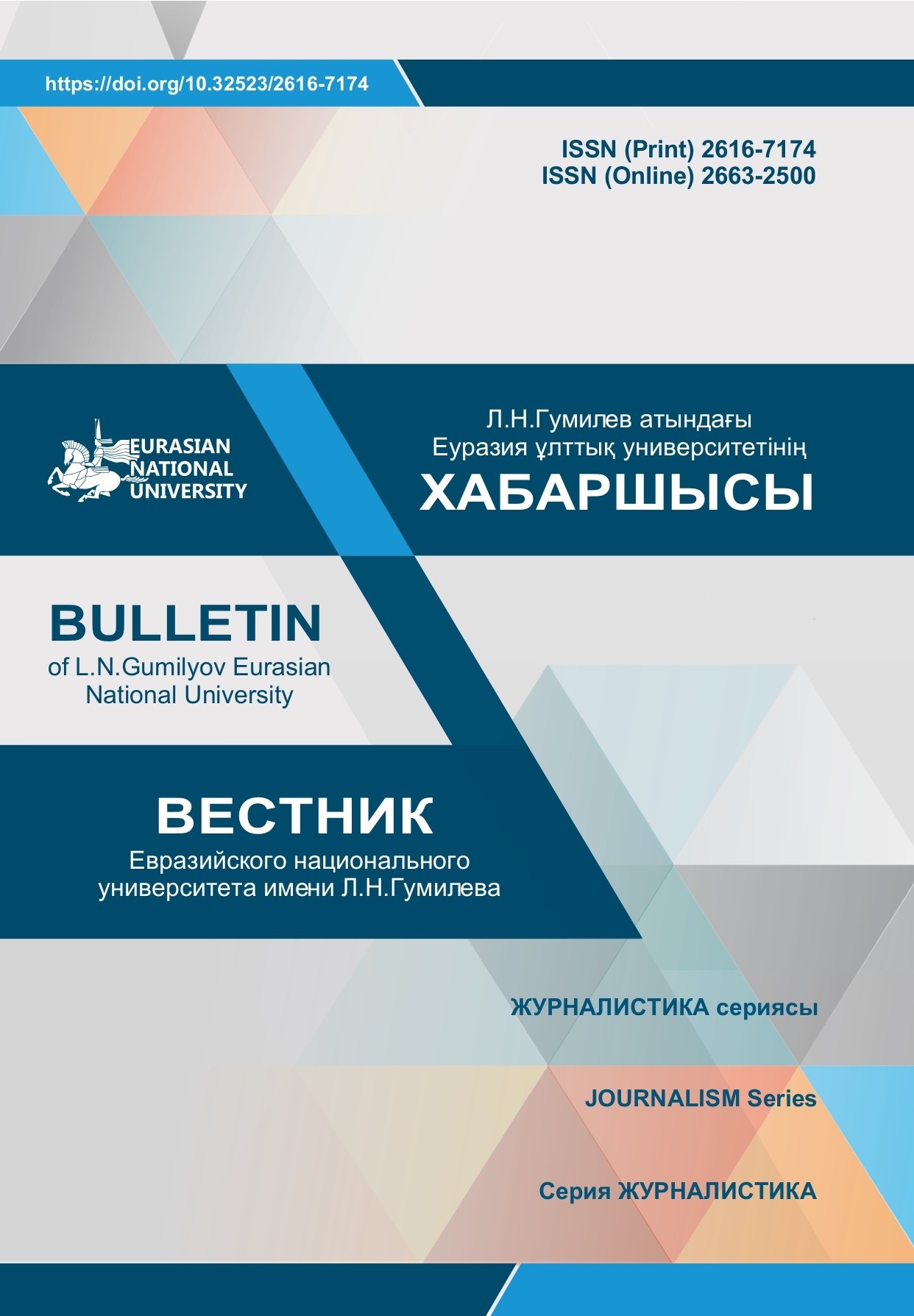Journalistic elements in the monument of writing "Kultegin"
Views: 205 / PDF downloads: 407
Keywords:
monument, Kultegin, Tonykok, journalistic genre, journalism, author, Publicus, writingAbstract
The formation and periods of development of the journalistic genre need to be monitored since ancient times. The coexistence of such concepts as society, politics, system, and people is natural from the day they appeared in human consciousness. Through the journalistic genre, facts related to truth and artistic language are transmitted, which can be perceived by society. In particular, since the Turkish people united and established the Turkic Khaganate in the 5th century, modern journalism of nomadic civilizations has also been formed. The journalistic genre occupies a special place in written monuments. The word "Publicus" itself also means "public". It follows that journalism presents to the public the most important and relevant information in society. The early written monuments considered the historical realities of that period, current political events, issues of the kagan, the kaganate. This is evidenced by the marked texts in such Orkhon monuments as "Tonikok", "Kultegin". The monuments of the Orkhon-Yensei script themselves belong to the "ancient Turkic era". The people who were part of the Eastern Turkish Kaganate read and spoke this language, that is, the same language was used in journalistic terms.


